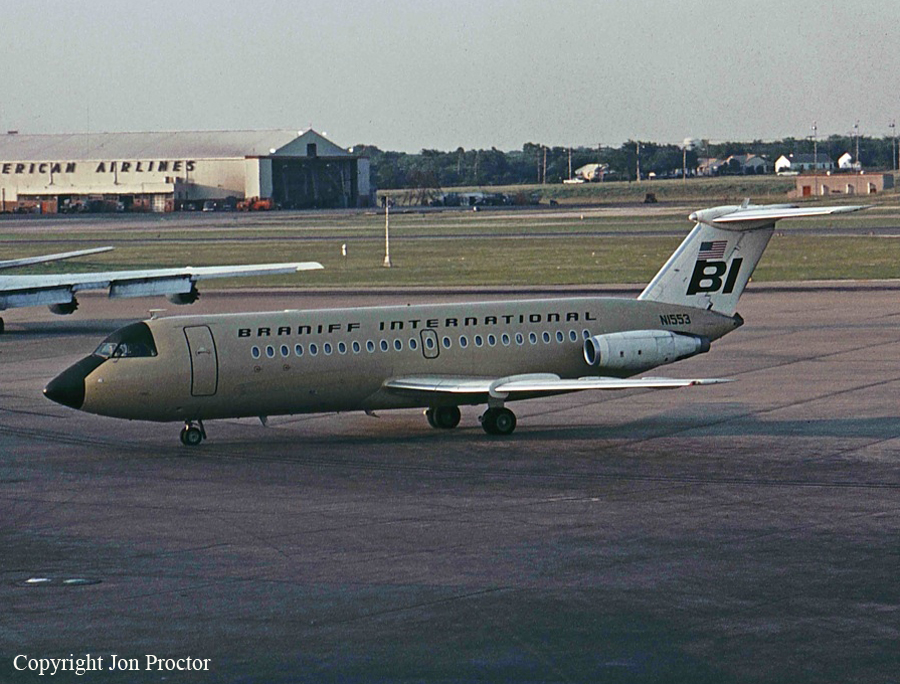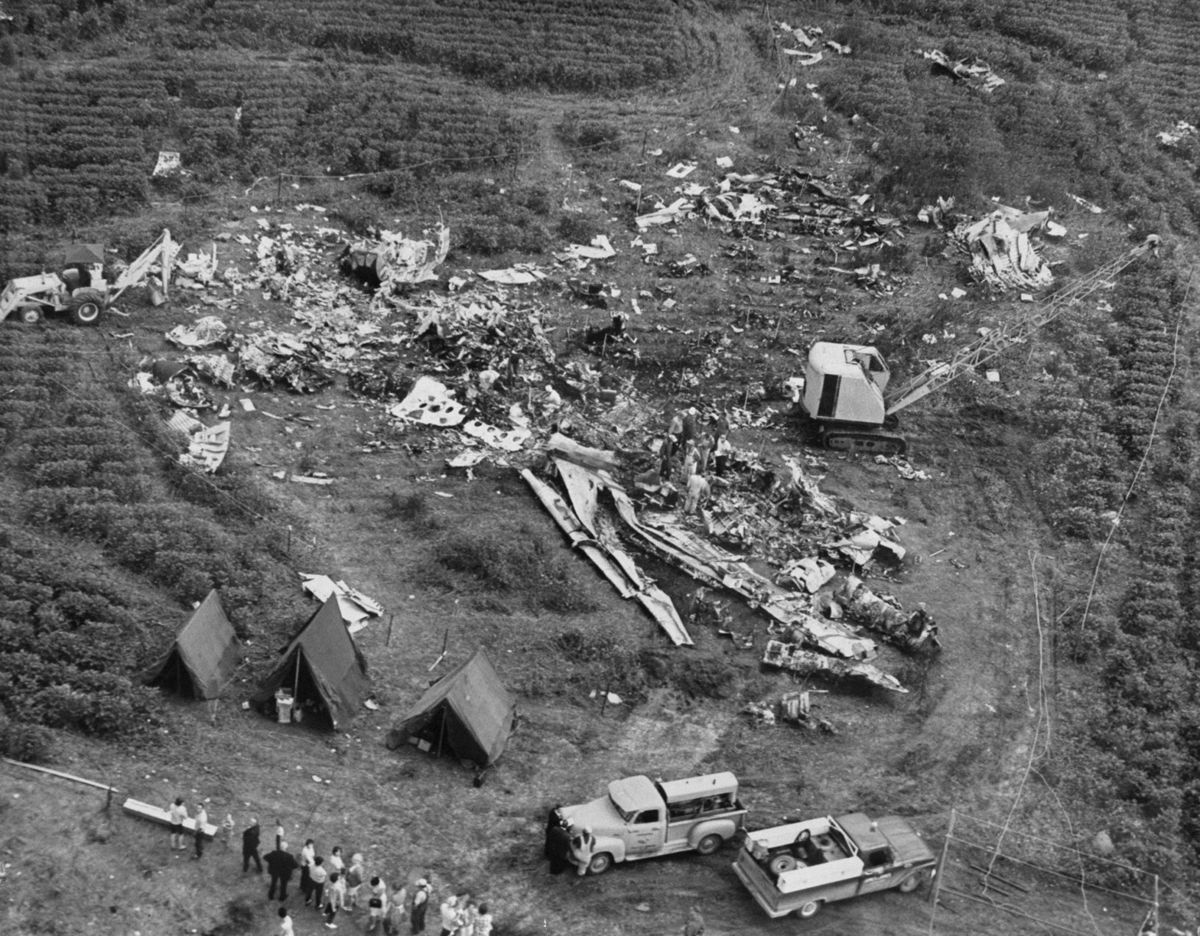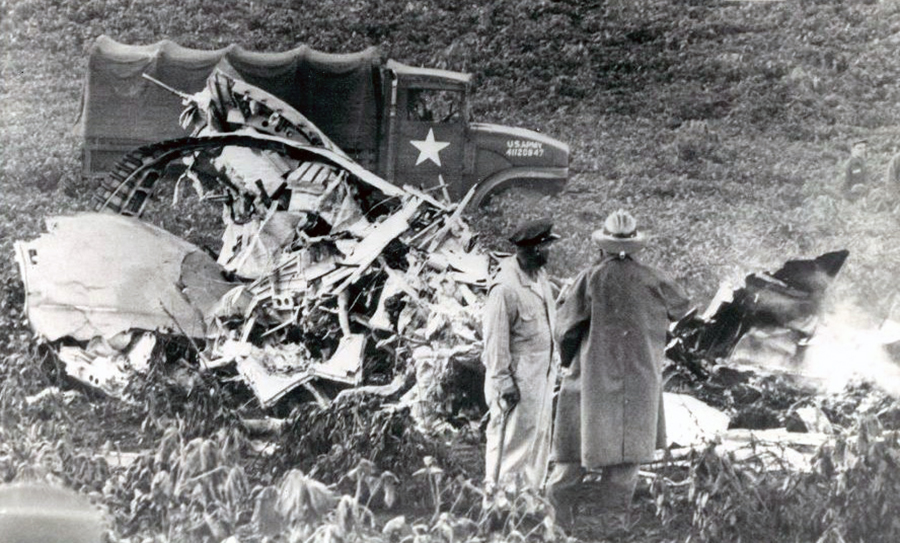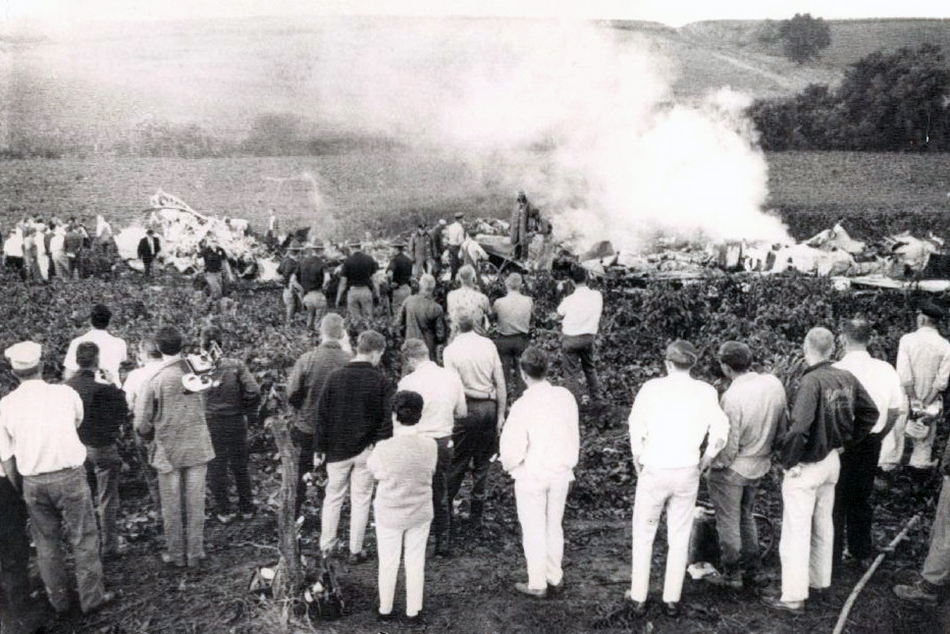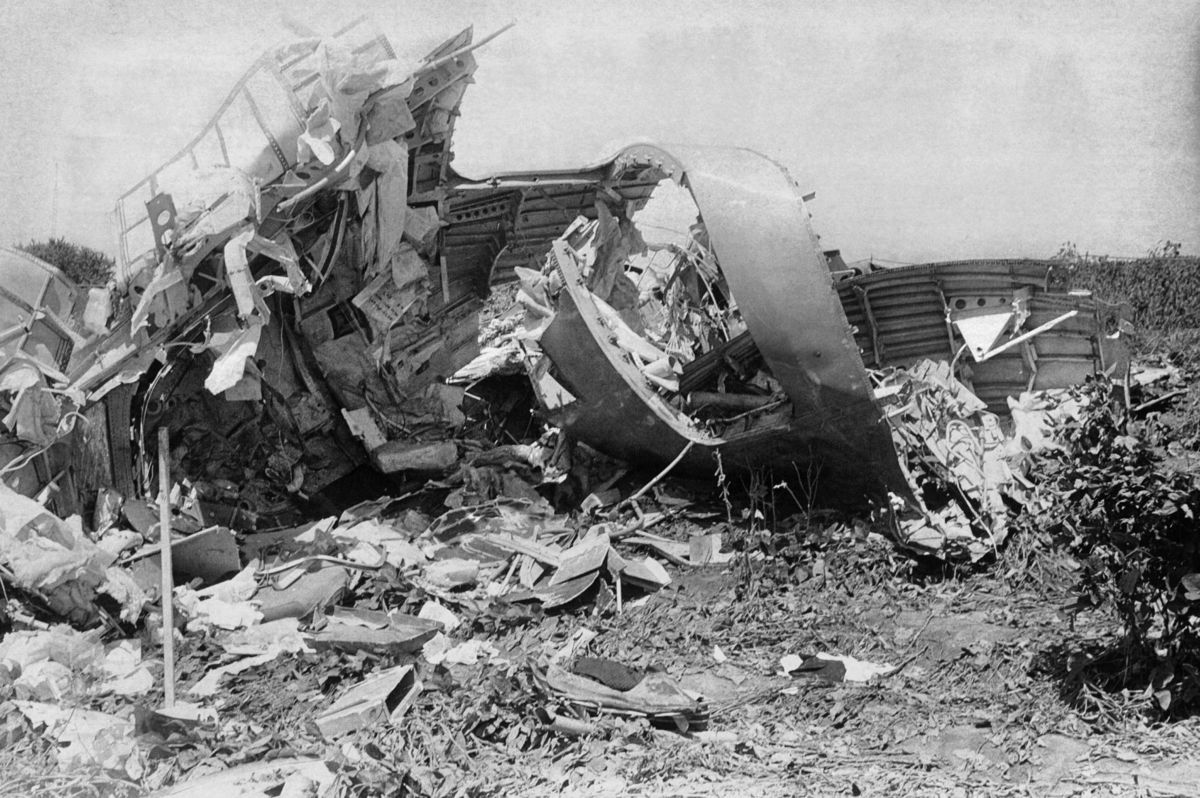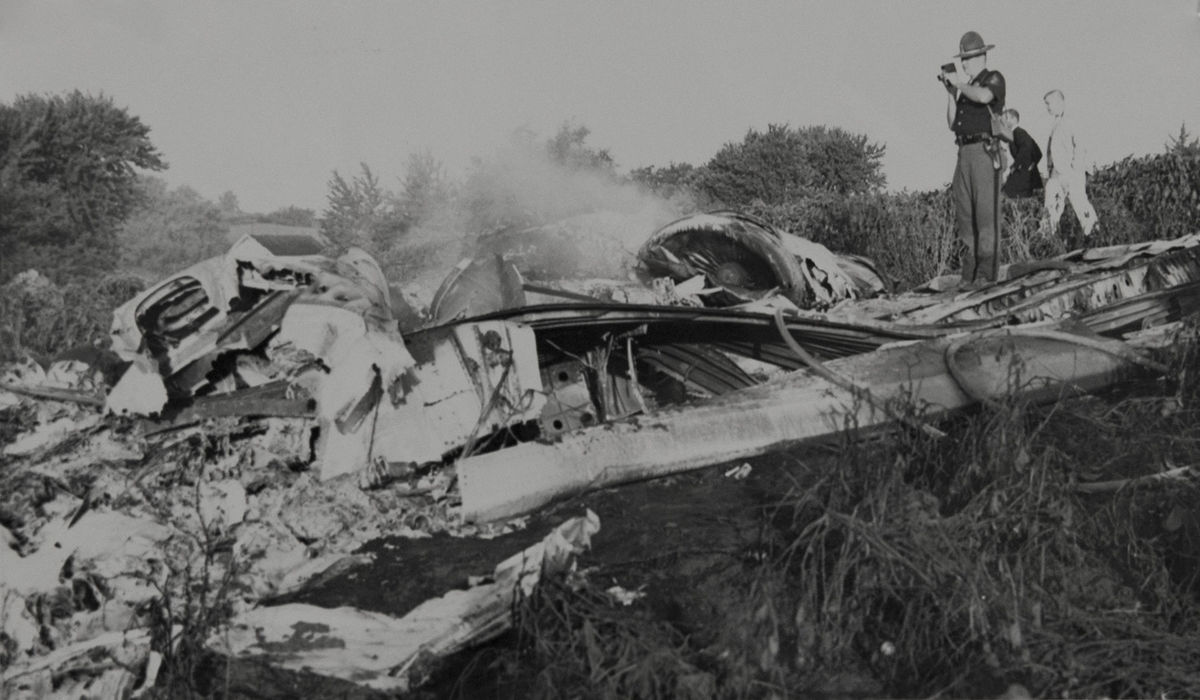Circumstances:
Flight 250 was a scheduled domestic passenger/cargo flight from New Orleans, Louisiana, to Minneapolis, Minnesota, with intermediate stops at Shreveport, Louisiana, Fort Smith, Arkansas, Tulsa, Oklahoma, Kansas City, Missouri, and Omaha, Nebraska. The flight departed from New Orleans at 1835 hours CST and arrived at Kansas City without reported incident. It departed from Kansas City at 2255 hours on an IFR clearance to Omaha via Jet Route 41 at FL 200. Just prior to take-off, the flight was restricted to 5 000 ft due to conflicting traffic. When the flight was about 12 miles north of Kansas City, control of the aircraft was transferred to the Kansas City Air Route Traffic Control Centre (ARTCC). Radar contact was confirmed and the flight was cleared to climb to and maintain FL 200. After some discussion with ARTCC about the weather the flight crew advised that they would like to maintain 5 000 ft to Omaha. They reported they were at 6 000 ft and ARTCC cleared the flight to maintain that altitude until 5 000 ft was available. At 2303 hours the Kansas City ARTCC initiated a transfer of control of the flight to the Chicago ARTCC but before the transfer could be accomplished the flight requested and received permission from the Kansas City controller to deviate to the left of course. At 2306 hours the Kansas City controller cleared the flight to descend to and maintain 5 000 ft and contact the Chicago ARTCC. After some discussion of the weather as it was displayed on the Chicago controller's radar, the flight was advised that another Braniff flight, Flight 255, was on the same frequency and was at 10 000 ft climbing to 17 000 ft after departing Omaha. The crews of the two aircraft exchanged weather information and the crew of Flight 255 advised that they had encountered light to moderate turbulence from about 15 miles southeast of the Omaha airport and that it appeared they would be out of it in another 10 miles based on their radar observations. Flight 250 terminated this conversation at approximately 2308:30 hours. This was the last transmission received from the flight. Ground witnesses stated that they observed the aircraft approach and either fly into or over a shelf of clouds preceding a line of thunderstorms that was approaching frbm the north and northwest, and that shortly thereafter they saw an explosion in the sky followed by a fireball falling out of the clouds. The aircraft crashed at approximately 2312 hours, 7.6 statute miles on a true bearing of 024.50 from Falls City, Nebraska, at an elevation of 1 078 ft AMSL. All 42 occupants have been killed.
Probable cause:
The Board determined that the probable cause of this accident was in-flight structural failure caused by extreme turbulence during operation of the aircraft in an area of avoidable hazardous weather. The following findings were reported:
The aircraft was confronted with a severe squall line which was oriented across its intended flight route. This system was adequately forecast and reported by the Weather Bureau; however, the company forecast was somewhat inaccurate with respect to the number and intensity of thunderstorms and the intensity of the associated turbulence in the system. The crew was aware of the forecast weather and was aware that the system could have been circumnavigated to the west. This was, in fact, suggested by the co-pilot.
Because the company forecast did not predict a solid line of thunderstorms, the company dispatcher did not take any action to delay or to reroute the flight. However, the dispatcher did not relay to the crew information which might have persuaded the pilot- in-command to avoid the storm system. In fact, when the dispatcher was informed of the efforts of other aircraft to avoid the squall line, he should have recommended avoidance action to Flight 250.
In spite of his apparent concern were the en-route weather and his knowledge that the squall line was quite solid, the pilot-in-command elected to penetrate the line using his airborne weather radar to select a "light" area.
Flight 250 never reached the main squall line. Instead, the aircraft broke up in a roll cloud approximately 5 miles from the nearest radar weather echo. At this ti= the aircraft was at the proper configuration and airspeed for flight in turbulence and the autopilot was engaged.
Flight 250 encountered extreme turbulence generated by the strong horizontal and vertical wind shears associated with the outflow of cold air from the approaching squall line. This turbulence probably caused a large angled gust of very short duration with components in the lateral, vertical, and longitudinal planes.
The forces and accelerations produced by this encounter caused the fin and right tailplane to reach their ultimate loads, with near-simultaneous failures resulting. The aircraft then pitched downward until the right wing reached its negative ultimate load. The loss of these components rendered the aircraft uncontrollable and shortly afterward it probably began a random tumbling motion which stabilized some time before impact into a flat-spinning attitude.



